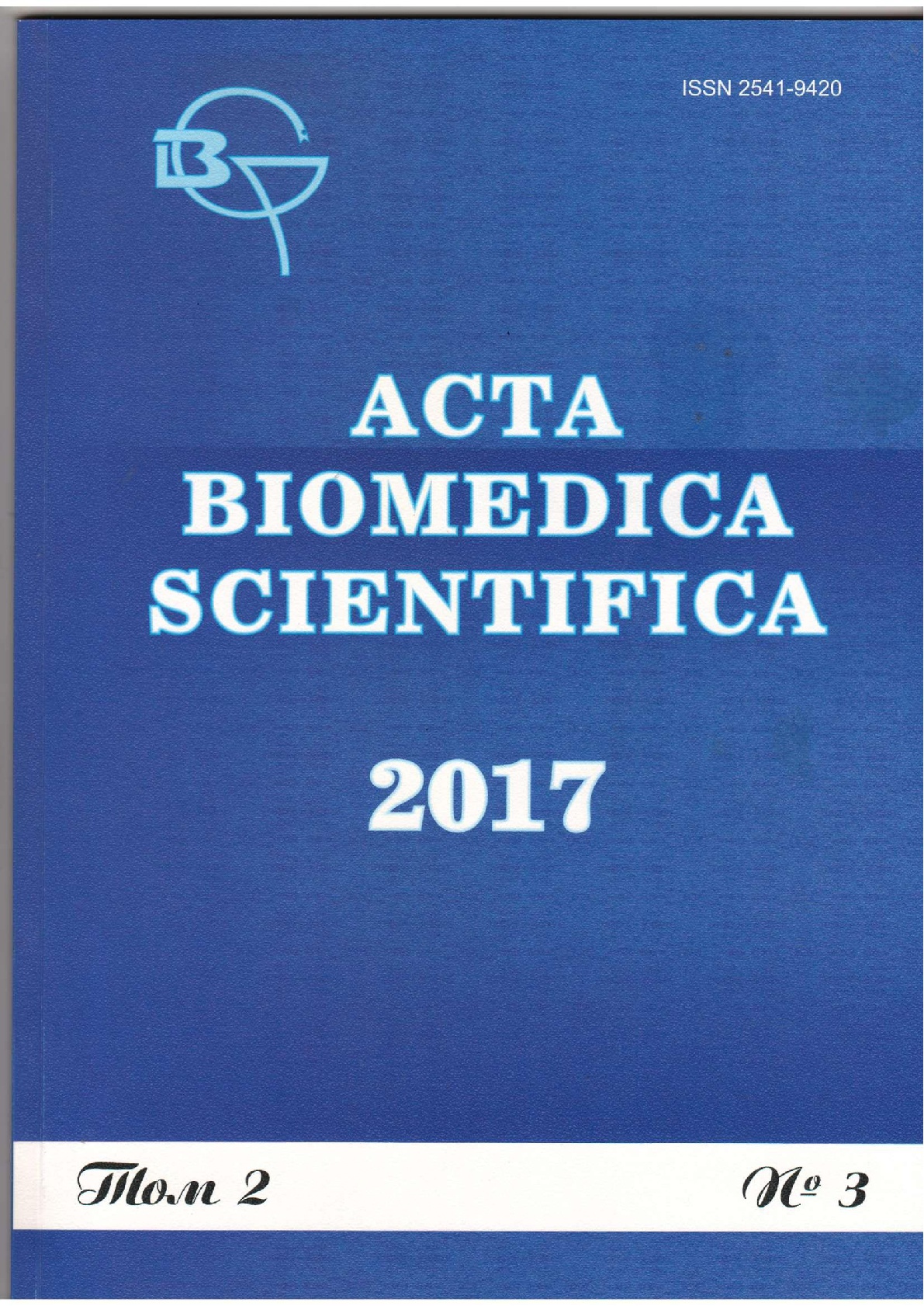The aim of the research was to determine the fluctuations of the autonomic nervous system based on the analysis of changes in certain heart rate variability (HRV) at patients after septoplasty and tonsillectomy. A study of Holter monitoring of 28 patients with nasal septum deviation and of 30 patients with chronic tonsillitis was conducted. Surgical procedures were performed under local infiltration anesthesia with 0,5% novocaine solution. We evaluated standard deviation of RR intervals (SDNN) – 24-hour monitoring, day and night data. After septoplasty for night and day validity period average SDNN did not differ (p < 0,05), but SDNN were significantly different (p < 0,05). Average values for the night and day were different from each other at the patients after tonsillectomy (p < 0,05). SDNN scatter was the same. SDNN in both groups did not differ per day both for average values and for variability (p < 0,05). Septoplasty provokes more pronounced stress response as compared with tonsillectomy. Local anesthesia for septoplasty and tonsillectomy causes a disturbance of adaptive reactions on the part of the autonomic nervous system. HRV analysis can be called an objective and individual method of diagnosis of acute stress conditions in the otorhinolaryngological surgery.
septoplasty, tonsillectomy, autonomic nerv ous system, heart rate v ariability
1. Kastyro IV, Popadyuk VI, Drozdova GA (2013). Vegetative response to surgical stress in rhinology [Vegetativnyj otvet na hirurgicheskij stress v rinologii]. Rossiiskaya rinologiya, 2, 36.
2. Kastyro IV, Popadyuk VI, Chibisov SM, Gemuyev SN, Kohl KG, Tremasov VA, Drozdova GA. (2013). Methods of pain objectivization in urgent otorhinolaryngology and stomatology [Metody ob’ektivizacii boli v urgentnoj otorinolaringologii i stomatologii]. Sovremennye problemy nauki i obrazovanija, 3. URL: http://www.science-education.ru/109-9461.
3. Barratt S, Smith R, Kee J (2002). Multimodal analgesia and intravenous nutrition preserves total body protein following major upper gastrointestinal surgery. Red. Anesth. Pain Med., 27, 15-22. URL: http://www.ncbi.nlm.nih.gov/pubmed/11799500.
4. Baugh RF, Archer SM, Mitchell RB, Rosenfeld RM, Amin R, Burns JJ et al. (2011) Clinical practice guideline: tonsillectomy in children. Otolaryngology. Head and Neck Surgery, 144 (1S), S1-S30.
5. Hoymore SC (2008). Antinociceptive monitors: tools or fools? Acta Anaesthesiol. Scand., 52, 1035-1037.
6. Guignard B (2006). Monitoring analgesia. Best Pract. Res. Clin. Anaesth., 20, 161-180.
7. Khoo MC, Kim TS, Berry RB (1999). Spectral indices of cardiac autonomic function in obstructive sleep apnea. Sleep, 22, 443-451.
8. Nunan D, Sandercock GRH, Brodie DA (2010). A quantitative systematic review of normal values for shortterm heart rate variability in healthy adults. Pacing Clin. Electrophysiol., 33 (11), 1407-1417.
9. Paloheimo MPJ, Sahanne S, Uutela KH (2010). Autonomic nervous system state: the effect of general anaesthesia and bilateral tonsillectomy after unilateral infiltration of lidocaine. Br. J. Anaest., 104 (5), 587-595.
10. Rettinger G (2007). Risks and complications in rhinoplasty. GMS Curr. Top Otorhinolaryngol. Head Neck Surg., 6, Doc08. URL: http://www.egms.de/static/pdf/journals/cto/2008-/cto000042.pdf.
11. Russo C, Carbanese U, Della ME (1992). Nasocardiac reflex evoking during rhinoseptoplasty. Description of a clinical case. Minerva Anestesiol., 58 (1-2), 63-64.
12. Shapiro FE, Jani SR, Liu X, Dutton RP, Urman RD (2014). Initial results from the National Anesthesia Clinical Outcomes Registry and overview of office-based anesthesia. Anesthesiol. Clin., 32 (2), 431-444.
13. Zayyan E, Bajin MD, Aytemir K, Yılmaz T (2010). The effects on cardiac functions and arterial blood gases of totally occluding nasal packs and nasal packs with airway. Laryngoscope, 120 (11), 2325-2330.





